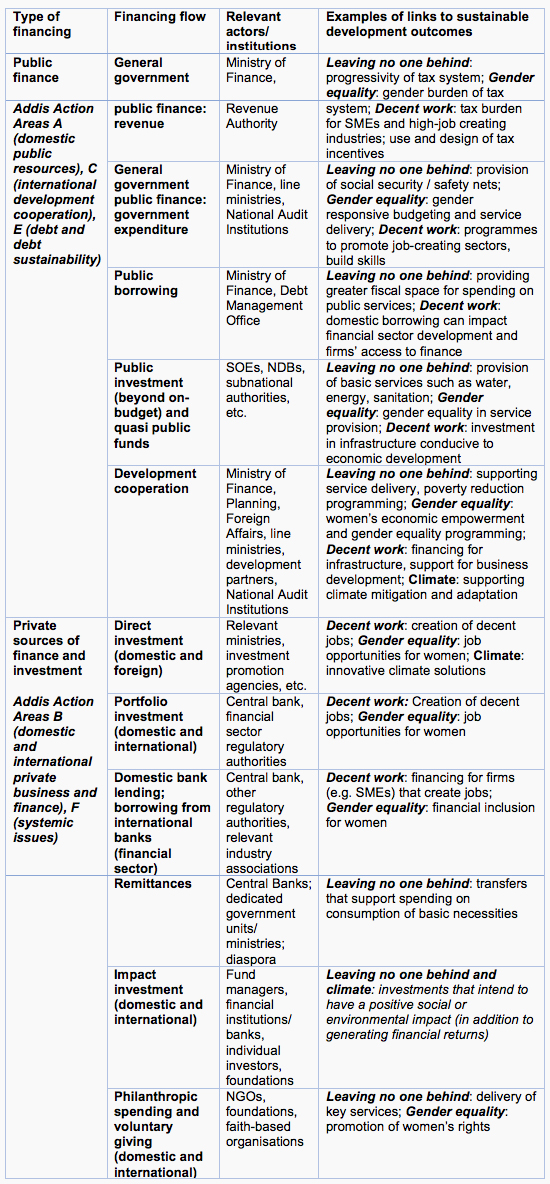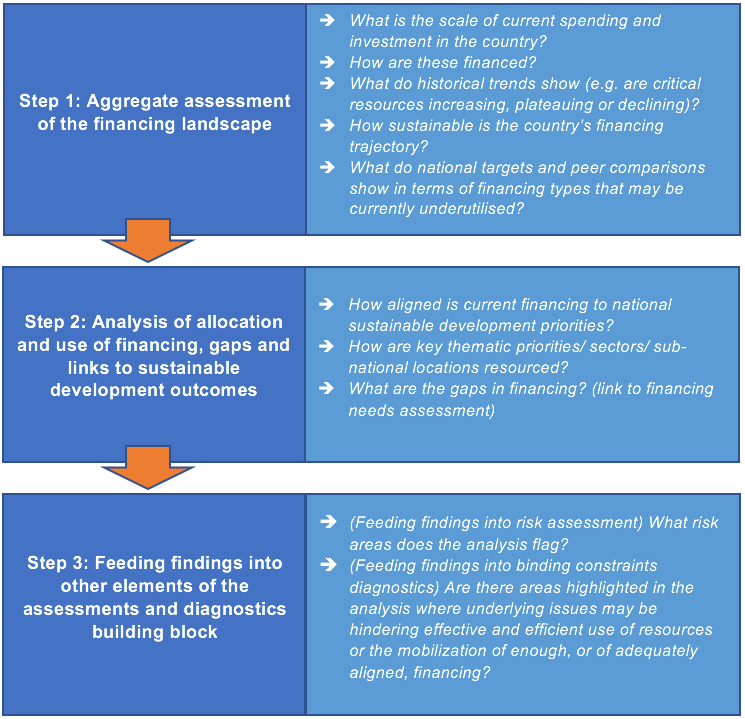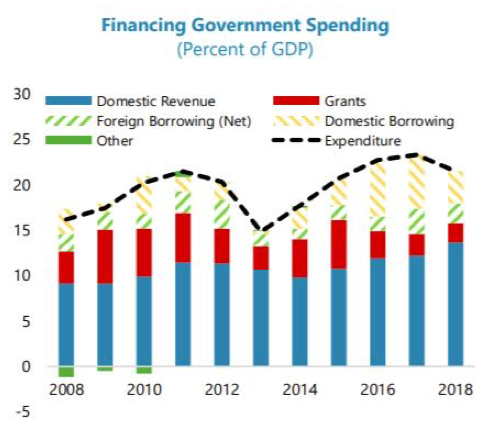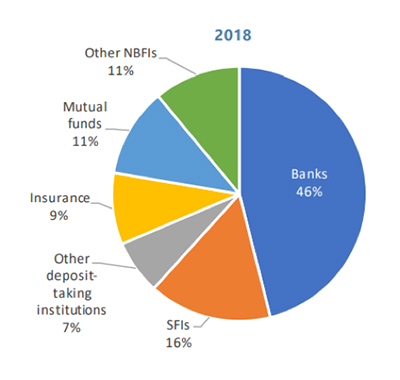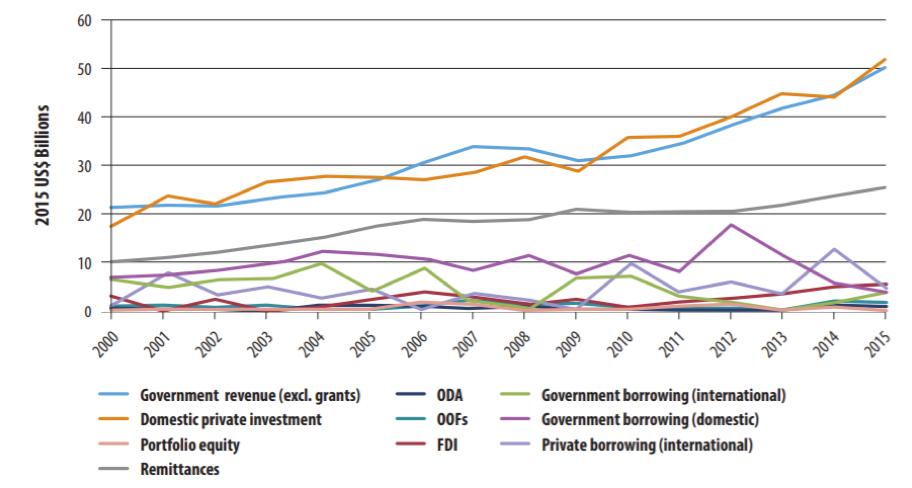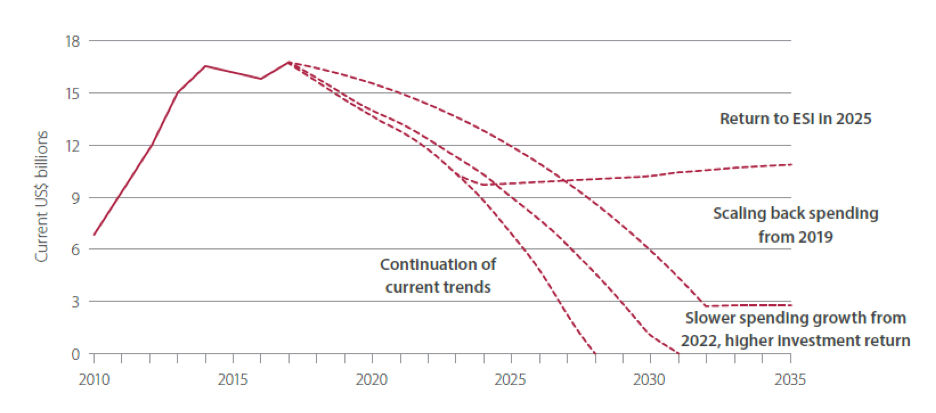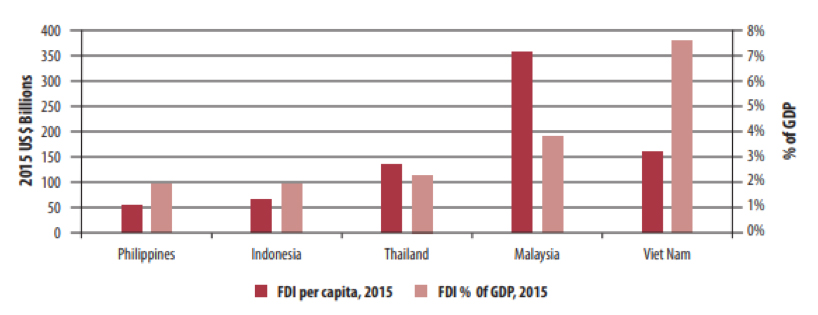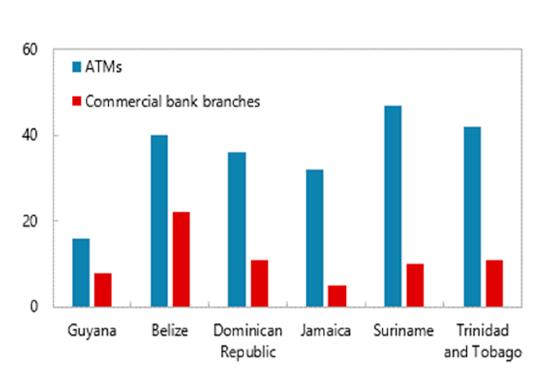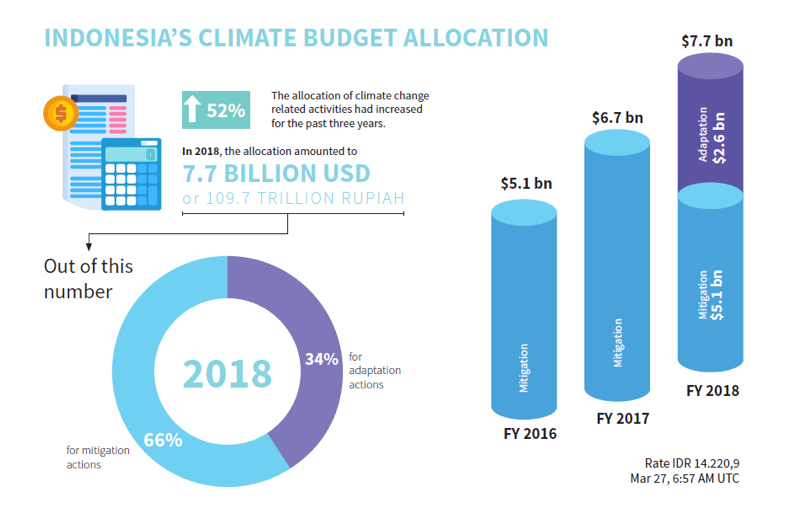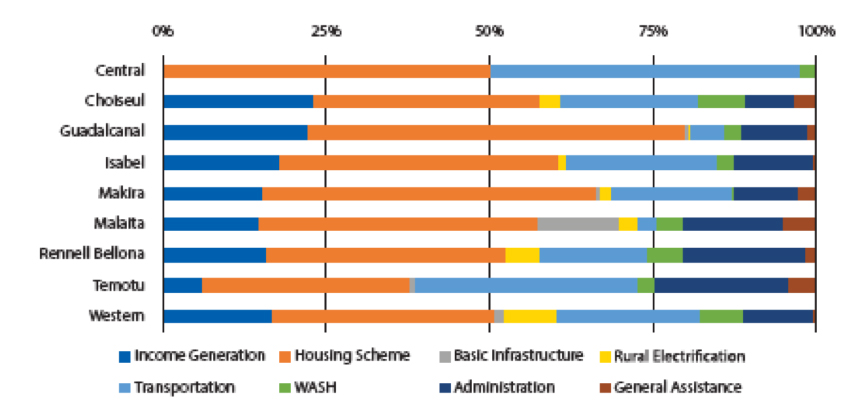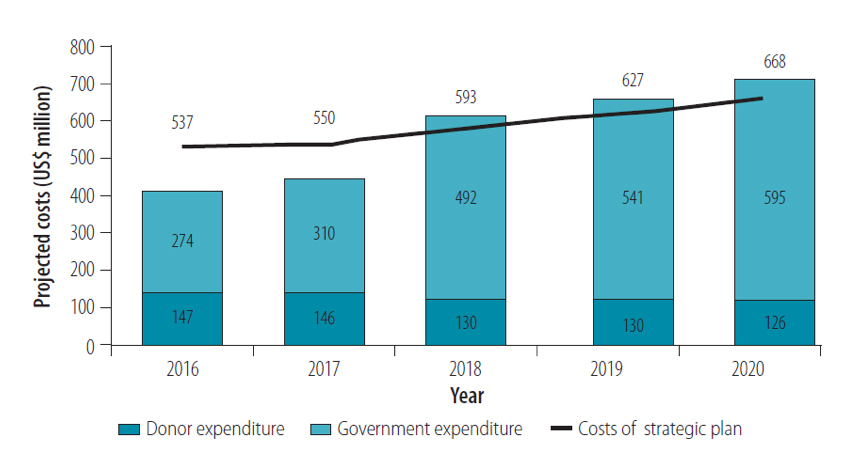An aggregate look at the financing landscape
can also be helpful to assess the effects of shocks and crises in as
close to real time as is possible, e.g. in the context of the COVID-19
pandemic. High frequency data, where available, can help facilitate real time
analysis and inform crisis policy response and planning for recovery. They
include in-year data on public finance budget changes and spending; remittance
flows, which are often monitored on a monthly basis by the Central Bank; data
from financial markets (such as lending data, exchange rates, sovereign bond
yields, and portfolio investment flows); international bank lending; and some
humanitarian finance flows.
Sustainability
of financing
The sustainability of a country’s fiscal
and external position – including public and external debt sustainability,
access to sufficient foreign exchange to finance vital imports – depends on net
flows over time. Critical stocks (public and external debt stocks, foreign
exchange reserves) and outflows (including capital flight and illicit financial
flows) should also be assessed, in conjunction with a broader risk assessment (see Building
Block 1.3 Risk Assessment guidance).
Reconciling stocks and flows. The fiscal account is routinely reconciled
with key stocks, particularly public debt. Public sector balance sheets could
also be interpreted more broadly to include not just gross public debt, but the
full range of liabilities (including contingent liabilities) as well as public
assets. Such
balance sheets are often poorly understood, due to limited reporting and data
gaps. But they would increase transparency and accountability, reveal risks,
and shed light on hidden liabilities and public sector assets (see Box 2). The latter in particular is relevant in an
SDG context – public investments in the SDGs, e.g. in sustainable
infrastructure and other non-financial assets, create public wealth, increase
public revenue in the long-run, and support sustainable development.
The balance of
payments can be used to reconcile
external financing flows and stock variables to assess the sustainability of
the country’s external position and its external liabilities. Financing
flows captured in balance of payments data, such as direct investment and
portfolio investment in the financial account, debt forgiveness in the capital
account, and aid and remittances in the current account, are also incorporated
in the public and private finance analyses mentioned above. However, looking at
them in their own right provides a useful additional policy-relevant lens of
analysis, able to shed light on potential areas of risk that may otherwise be
neglected (see Building Block 1.3 Risk Assessment guidance).
Illicit flows. Illicit financial flows are not covered in the
flows above. While estimating these is inherently difficult because of their
clandestine nature, there are several ongoing attempts of quantification. The
United Nations Regional Commissions measure components of illicit
financial flows, such as goods-trade misinvoicing. The Task Force
on the Statistical Measurement of Illicit Financial Flows, initiated by UNODC
and UNCTAD in the context of the SDG indicator framework, is field
testing statistical methodologies to underpin estimations of illicit
financial flows at the country level.
Scenarios and forward-looking trends. Trend analysis can reveal whether critical resources are increasing,
plateauing or declining. Scenarios
and forward-looking trends can help governments determine whether policy
interventions are required. Risks identified in the risk
assessment (see building block 1.3 guidance) should be considered when
assessing such future trends.
The
OECD’s transition finance toolkit (see Table 3) for example helps to anticipate
challenges that arise from growing per capita income levels and related access
to different financing sources. In
Timor-Leste, forward-looking scenarios were used as part of a DFA to assess
potential future trajectories around the country’s Petroleum Fund (Figure 7).
The Fund is a key but finite source of revenue for the government;
forward-looking scenarios supported discussions among policymakers
about investment of its resources, wider options for sustainable
domestic revenue mobilisation and improving the environment for private sector
growth. Additional
examples in step 2 below show how forward-looking trends can also be used to
inform the estimation of financing gaps at the sector level.
